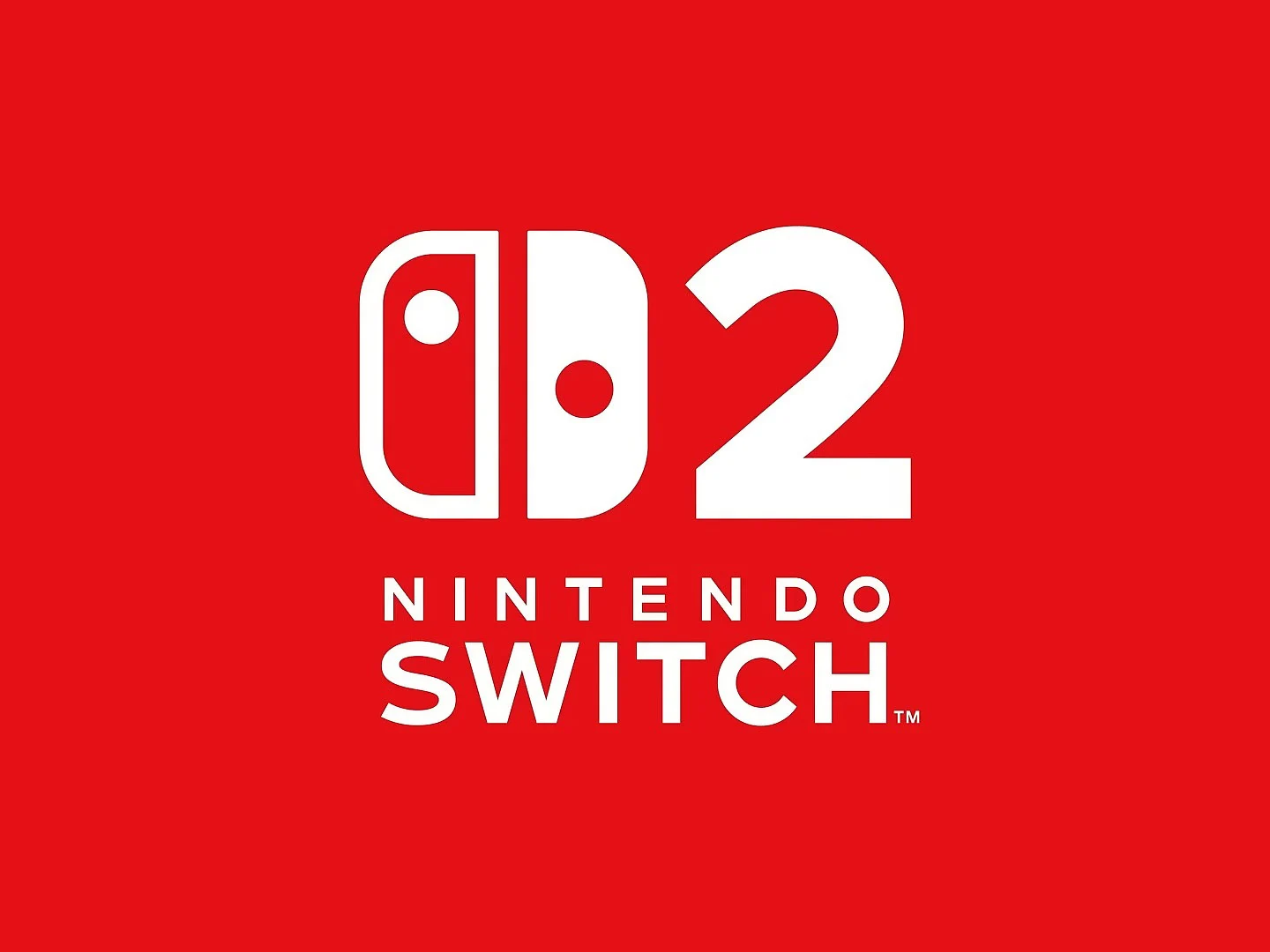Key Takeaways
1. Nintendo has chosen Samsung’s 8nm chips for the Switch 2, opting for a more established technology over a faster but less accessible 5nm process.
2. The use of Samsung’s 8nm technology provides a significant performance boost compared to the previous 14nm Tegra X1 chipset.
3. Nintendo is facing high demand for the Switch 2, with 2.2 million preorders in Japan, and is working with Samsung to increase chip production.
4. Samsung’s 8N technology offers a production yield of up to 80%, avoiding potential bottlenecks that could arise from using TSMC’s advanced processes.
5. Nintendo aims to increase Switch 2 production to around 20 million units, up from an initial estimate of 15 million, to address anticipated shortages before its US release.
The Nintendo Switch 2 will indeed utilize Samsung’s silicon, as the Japanese gaming company is said to have turned to its foundry for additional 8nm chips.
Previous Rumors
Earlier reports suggested that Nintendo planned to introduce a faster Switch 2 model featuring a chipset manufactured on Samsung’s 5nm processor technology, similar to the OLED version currently priced at $335 on Amazon. However, it appears that for the initial version, Nintendo has opted for Samsung’s 8nm process, which is more established and readily accessible. This choice still represents a significant performance boost from the 14nm Tegra X1 chipset found in the previous version, without stepping into the competitive territory of TSMC’s 7nm nodes and lower.
Manufacturing Choices
Although TSMC is more advanced in production capabilities, it serves many clients with larger budgets, including Apple and Qualcomm. Consequently, Nintendo would likely have faced delays and higher costs if they had chosen TSMC instead of Samsung.
Nintendo has already announced that it won’t be able to meet the demand for Switch 2 preorders, having received 2.2 million orders just in Japan for the more affordable local model. The company expressed regret to its fans and is exploring options to boost production by asking Samsung to increase output of a custom chip created in partnership with Nvidia.
Production Yield
Samsung’s 8N production technology is mature enough to achieve a yield of up to 80%, eliminating the possible bottleneck that Nintendo might have encountered if it had used a more advanced TSMC process. Additionally, the Nvidia T239 chip powering the Switch 2 is designed on the Ampere GPU architecture, which has been optimized for production in Samsung’s facilities from the start.
The Switch 2 represents a significant victory for Samsung, which has lagged behind TSMC in production yield for advanced nodes. This partnership will enable Nintendo to ramp up manufacturing more swiftly and at a more favorable cost.
After announcing the Switch 2, Nintendo indicated that it could only reach the original Switch production level of 15 million units by March 2026, which is nearly 2 million units below what analysts had anticipated. This modest production target is also dependent on the outcome of ongoing tariff disputes, which could lead to a price increase for the console in the US.
By securing more 8nm chips from Samsung for the Switch 2, Nintendo appears to be aiming to boost production to around 20 million units, a significant rise from its earlier estimate of 15 million. This increase should help alleviate the anticipated shortages of the Nintendo Switch 2 ahead of its US release on June 5.
Source:
Link


Leave a Reply